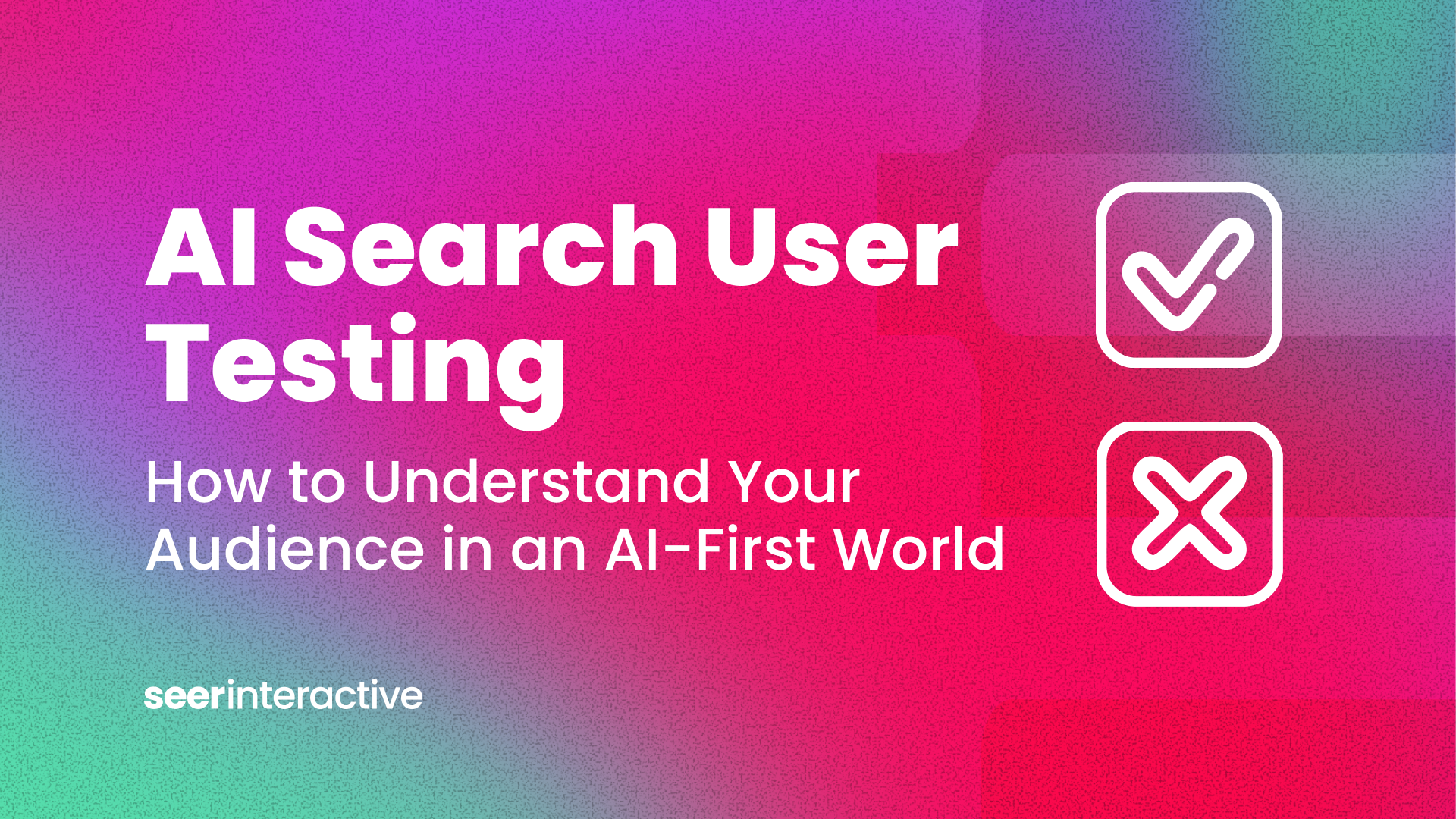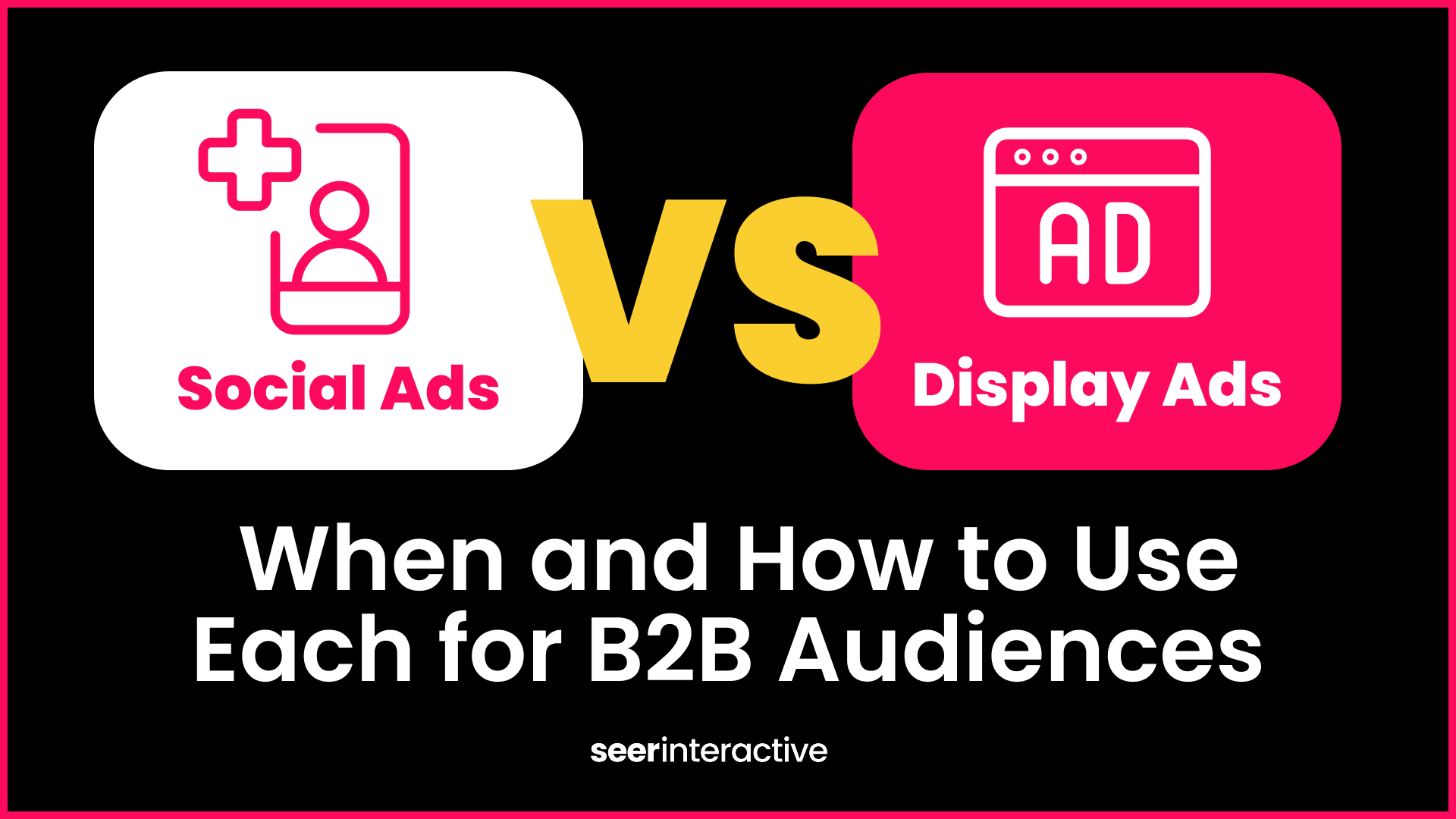We constantly consume content on social media. In 2020, the average time spent per user on social media apps is 2 hours 25 minutes per day, which is where 47% of all internet users first discover a new brand.
Consumption has diversified across a variety of platforms, from Facebook and Instagram to keep up with friends and family, to Pinterest for visual inspiration, LinkedIn for professional connections, and Snapchat and TikTok for bite-sized content.
As users’ habits grow and evolve over time, so should your ad creative and testing methodology. Taking an iterative approach to design is key, as a user’s mindset, intent, and purpose across platforms varies.
With a robust Paid Social Creative Playbook, gone are the days of the last-minute design scramble to pull together ad designs in time for an imminent campaign launch. Rather, the Playbook outlines a sound strategy for your future ad campaigns, and executing on designs in advance becomes that much easier.
💡 Interested in creating your own Paid Social Creative Playbook? Keep reading this post or ...
- Watch our on-demand webinar, "Level Up Your Paid Social Strategy with Data-Driven Design"
- Review some of our Creative work samples to get inspired:
DIY: How to Create Your Own Paid Social Creative Playbook
Step One: Leveraging Existing Data
Identifying creative opportunities from social comes from more than just your campaign performance - leave no stone unturned when compiling historical and current data to maximize on potential creative ad concepts.
- Existing campaign performance & analyses: What copy and CTAs performed best in your past campaigns? Are there any opportunities to A/B test creative components or UVPs?
- Site & organic learnings: Dig into your Site Search data and organic keywords to better understand what resonates with your audience. Is there a pain point people are searching for fairly often in your site search? Is there specific messaging that performs well on your organic site pages?
- Audience research: What types of content is your audience engaging with, and how could you repurpose this content on social media? Are they accessing this content primarily through mobile, tablet, or desktop devices?
- Marketing channels & industry trends: What types of ad creative are your search and business competitors running? What are the current industry and platform-specific design best practices?
Now that you’ve compiled trends and patterns not only from your brand, but also from your industry in relation to social media platform-specific best practices and trends, it’s time to map out your creative concepts.
Step Two: Creative Direction
Leveraging the data from Step One, spend some time brainstorming how your findings can visually come to life in ways that resonate with your audience and solve their pain points. Actionable concepts should include:
- Creative direction: Identify concepts that tie back to specific data points. Focus on addressing individual user needs in each concept, versus creating a “one size fits all” solution. How does this concept scale across different platforms?
- Visual inspiration: Pull best-in-class designs both within and outside of your industry, across a variety of apps. How does the composition change across platforms? How can your brand be best represented in relation to what you’re promoting?
- Testing opportunities: Identify variables to test. Does your audience prefer photography, or custom illustration? What CTA language can you try out?
Step Three: Tying it All Together
Your qualitative and quantitative data sources, art direction, and visual inspiration come together to flesh out a roadmap of fully formed campaign concepts. At this point, the process shifts into your Paid Social team’s hands to put the playbook into action and finalize concept prioritization, campaign sprint planning, and testing methodologies.
Your Playbook should be a living and breathing document that is regularly updated with campaign learnings and additional creative concepts to ensure your ad creative is appealing to your target audience, and ultimately, drive ROI.
In a digital landscape where thumbstopping creative is a must to receive engagement, having an actionable roadmap in place prior to executing on designs is imperative.
Next Steps
Explore additional resources:
- Guide: Paid Social Creative Best Practices Guide
- Analysis: Paid Social Creative Fatigue Analysis
- Webinar: Level Up Your Paid Social Strategy with Data-Driven Design
Looking for dedicated Creative & Design support?
Check out Seer's capabilities, work samples, etc. and get in touch:








